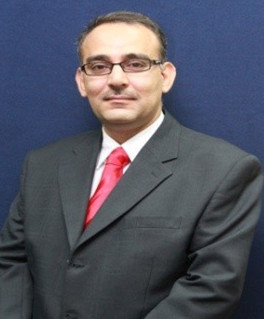Abstract—Japan has a national goal of reducing greenhouse
gas emissions in 2030 to 26% below 2013 levels. Energy
efficiency improvement and low carbon power generation
technologies will provide the primary source of greenhouse gas
reductions. On the other hand, the feed-in tariff (FIT) program
that began in 2013 triggered explosive growth of renewable
power sources, particularly photovoltaic generations because of
its short lead-time and high tariff level.
However, mass introduction of renewable power sources
causes serious instability issues in power systems such as
impacts to the transient stability in power systems. Since it could
lead to a massive blackout in the worst case, the power system
must be carefully managed to maintain the transient stability.
Another issue is that outputs of photovoltaic and wind power
generations fluctuate, causing frequency instability. These
fluctuations must be absorbed so as to keep stable frequency in
each power system, which is called LFC, load frequency control.
In this article, we introduced the constraints on the transient
stability in the power generation mix in Kyushu region, taking
massive installation of photovoltaic systems into consideration.
Next we described on our mathematical model of economic load
dispatch for Kyusyu district, taking transient stability into
consideration. Computed results quantified suppression of
photovoltaic generation in each primary grid, and indicated that
the suppression concentrated on specific power transmission
lines. Furthermore we investigated the way to efficiently utilize
the suppressed power, including estimation of economic
feasibility to produce hydrogen utilizing electrolysis.
Index Terms—Low carbon power generation technologies,
solar power generation, output suppression, economic feasibility
of producing hydrogen, electrolysis.
Ryuji Matsuhashi is with Department of Electrical Engineering and
Information Systems, Graduate School of Engineering, the University of
Tokyo, Japan and Center for Low Carbon Society Strategy, Japan Science
and Technology, Japan (e-mail: matu@k.u-tokyo.ac.jp).
[PDF]
Cite:Ryuji Matsuhashi, "Development of Model for Optimal Operation of Power Systems with Large-Scale Integration of Solar Power Generation in Kyushu Region," Journal of Clean Energy Technologies vol. 5, no. 6, pp. 464-468, 2017.


